You can either knit the scarf yourself or buy ready made woven scarf as a substrate for the circuits.
There are many great tutorials for knitting and weaving scarves.
Here are some for woven infinity scarves:
http://www.instructables.com/id/how-to-knit-an-infinity-scarf-on-a-loom/
http://www.instructables.com/id/How-to-Loom-Knit-a-Scarf/
You could even 3D print your own loom to get custom size and weave density.
Weaving the scarf yourself makes the circuit integration more seamless with the fabric but is usually more time consuming if you want to iterate the design quickly.
There are many ways to approach adding circuits to fabric.
A common method is to use conductive tread to sew on or weave the circuits into fabric. You could also use conductive ink. However, there are known issues with longevity of such circuits.
I wanted the design to have more structure (rigidity) to it and reduce impact of humidity and corrosion. This is why I chose to use insulated wire instead. There are a lot of different types of wire to choose from. I found multi-threaded 14 AWG wire to work well. But the choice depends on your goals with regards to how much structure or ("memory effect") you want the fabric to have. As the wire will be visible in the scarf, make sure to choose the colour of insulation wisely.
Circuit layout should design depends on your goals for the fabric.
In my case, I wanted the scarf to react to temperature changes by changing the colour or RGB LEDs from blue to red. This required a simple circuit with 2 rails for power and ground. I chose to isolate the temperature sensor, battery & MCU in one corner of the scarf to make them easier to remove for washing.

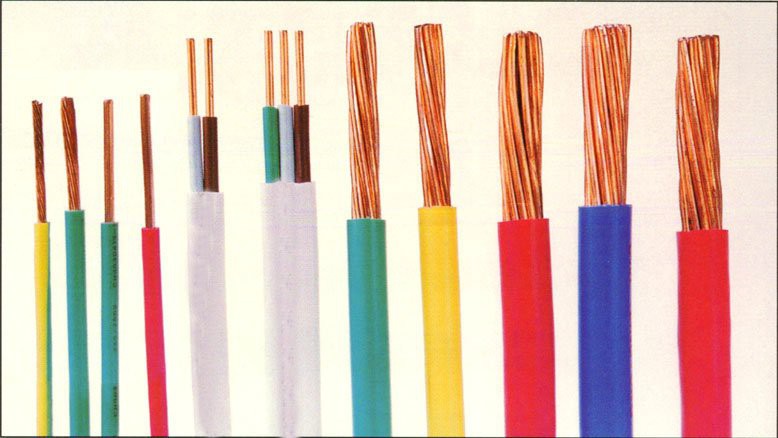
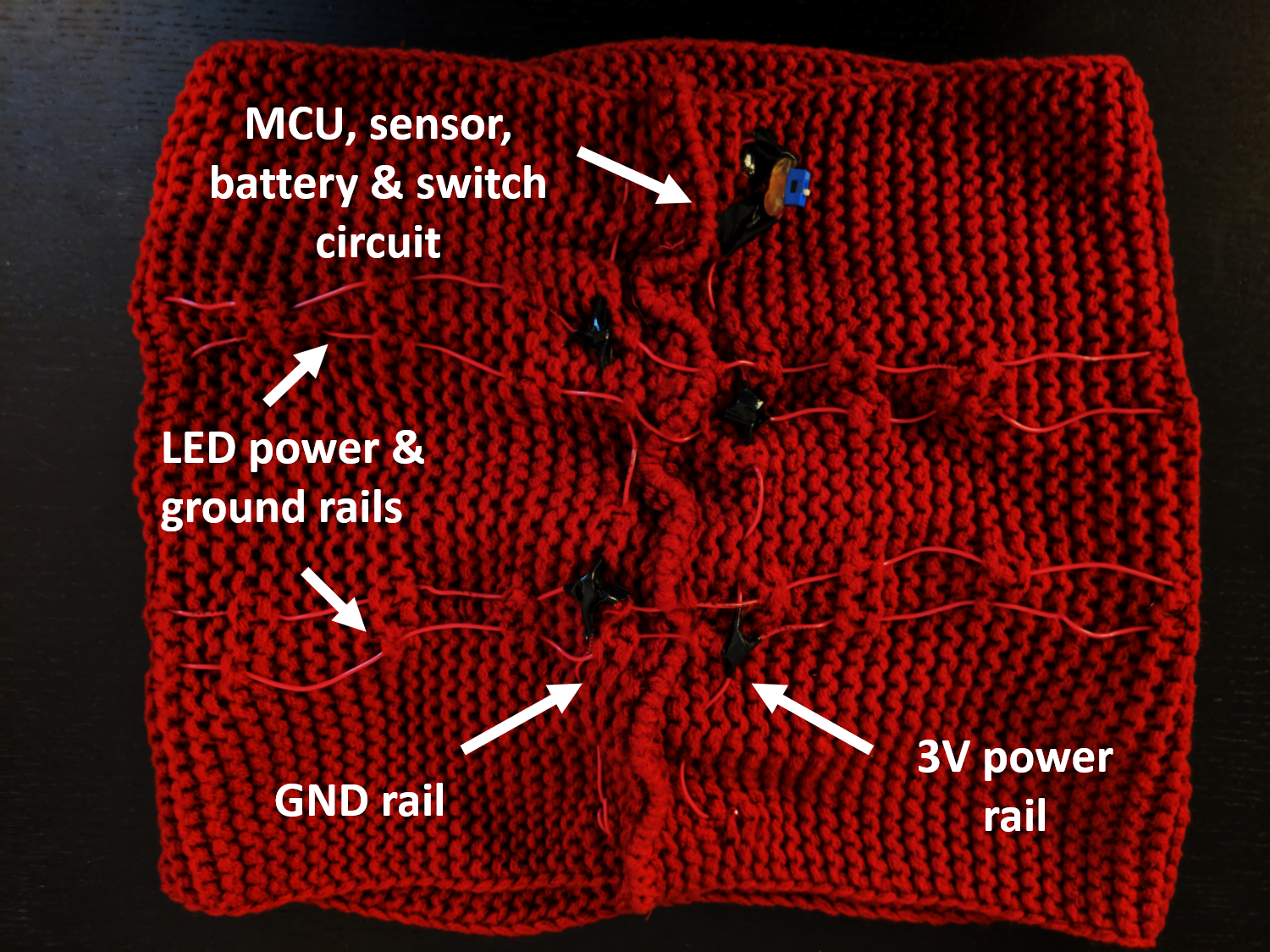
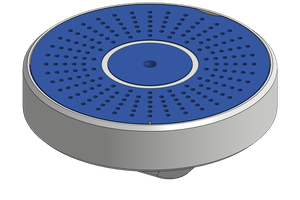
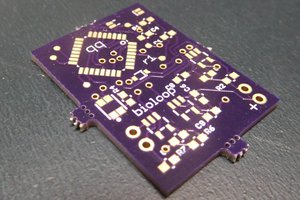
 qquuiinn
qquuiinn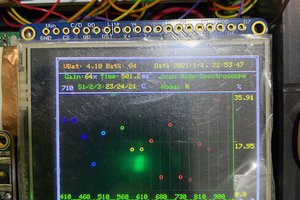
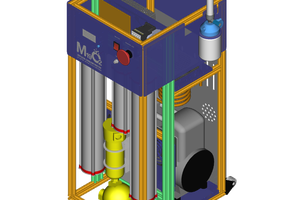
 Anool Mahidharia
Anool Mahidharia